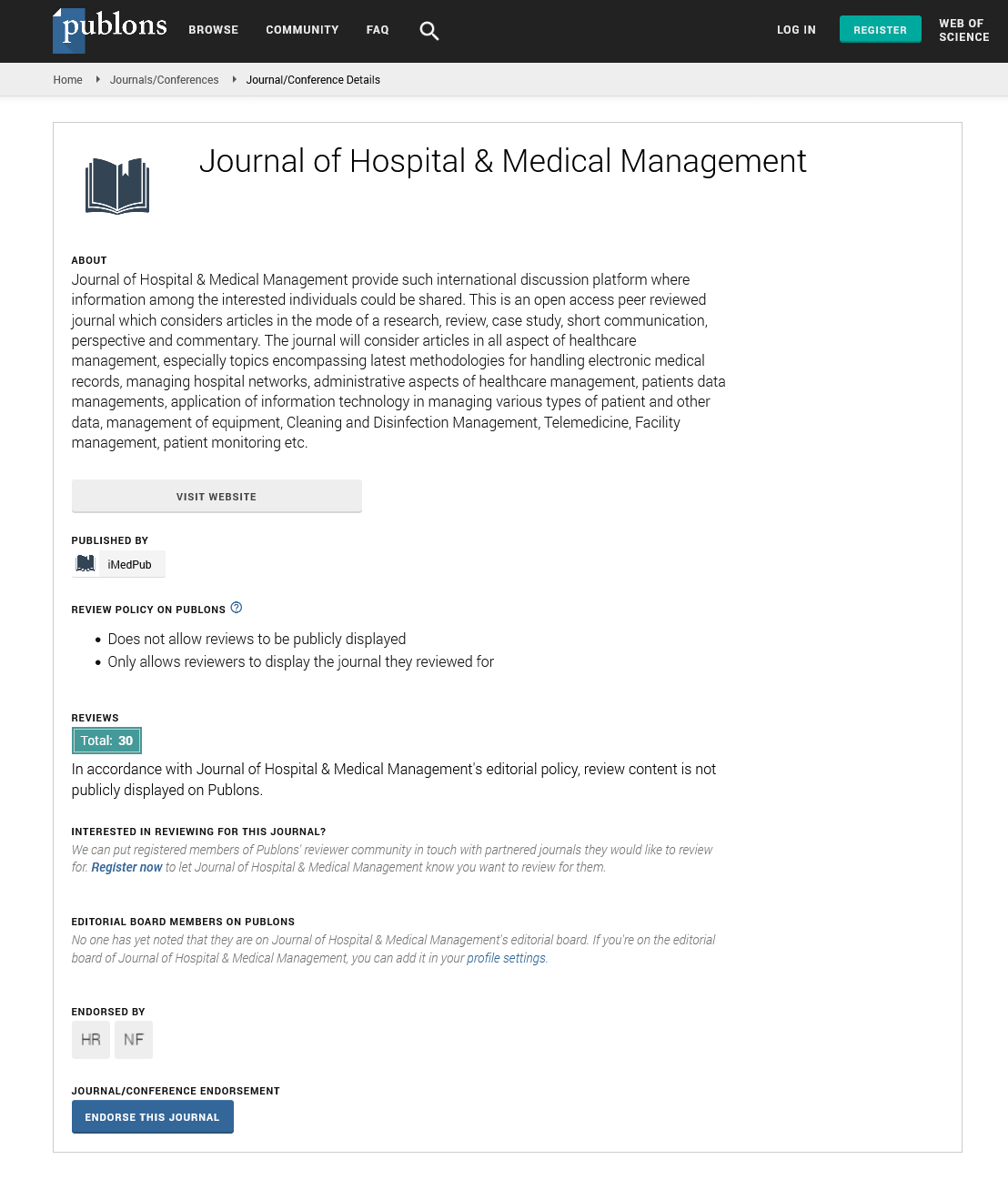Abstract
Trends in Urgency of Emergency Department Visits among Those with and without Multiple Chronic Conditions,2007-2012
Objectives: The objective of this study was to examine overall trends in Emergency Department (ED) visits among adults with and without multiple chronic conditions (MCC) by urgency of visit (nonurgent, urgent, primary care sensitive) and across relevant population subgroups.
Methods: Using data from the Nationwide Emergency Department Sample (NEDS) for 2007-2012 maintained by the Healthcare Cost and Utilization Project (HCUP), we examined trends in ED visits among adults who were diagnosed as having no chronic conditions (0CC), one chronic condition (1CC), and MCC based on the Clinical Classification Software codes. Separate trend analyses were conducted for ED visits that were classified as urgent, nonurgent, and primary care sensitive (PCS) based on the New York University (NYU) ED Algorithm. Trend analyses were also conducted for several population subgroups: age, sex, metropolitan hospital status, Census Region, insurance status, and median income quartiles by ZIP code.
Results: Between 2007 and 2012, the overall percentage change in nonurgent ED visits made by adults with 0CC, 1CC and MCC were 8.05%, 22.50% and 35.36% respectively (p<0.001 for all categories). Primary Care Sensitive (PCS) ED visits among adults with 0CC, 1CC and MCC increased by 6.53%, 15.49% and 16.53%, respectively, from 2007-2012 (p<0.001 for all categories). Among adults with 0CC, 1CC and MCC, different patterns of growth trends were found for urgent, nonurgent, and PCS ED visits across analyzed population subgroups.
Conclusion: The results show that chronic conditions, especially multiple chronic conditions, played a role in the long-term growth of ED visits in general and in nonurgent and primary care sensitive (PCS) ED visits. The increases in nonurgent and PCS visits highlight the importance, as well as opportunities, to reduce potentially avoidable ED visits and unnecessary health care costs, especially as the MCC population is expected to grow in the years ahead.
Author(s):
M Paige Powell , Xinhua Yu, Oluwaseyi Isehunwa and Cyril F Chang
Abstract | Full-Text | PDF
Share this

Google scholar citation report
Citations : 319
Journal of Hospital & Medical Management received 319 citations as per google scholar report
Journal of Hospital & Medical Management peer review process verified at publons
Abstracted/Indexed in
- Google Scholar
- China National Knowledge Infrastructure (CNKI)
- WorldCat
- Publons
- International Committee of Medical Journal Editors (ICMJE)
Open Access Journals
- Aquaculture & Veterinary Science
- Chemistry & Chemical Sciences
- Clinical Sciences
- Engineering
- General Science
- Genetics & Molecular Biology
- Health Care & Nursing
- Immunology & Microbiology
- Materials Science
- Mathematics & Physics
- Medical Sciences
- Neurology & Psychiatry
- Oncology & Cancer Science
- Pharmaceutical Sciences


